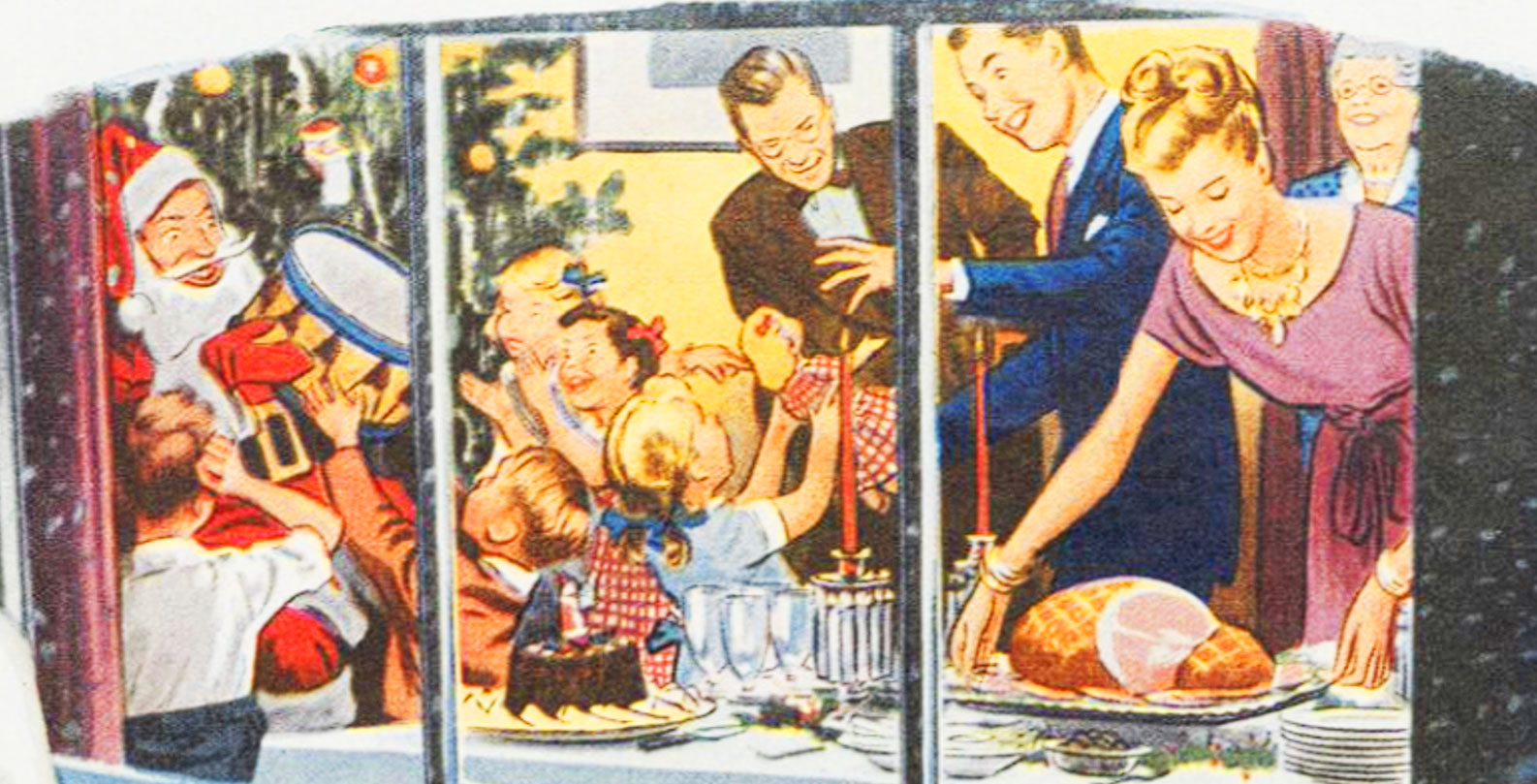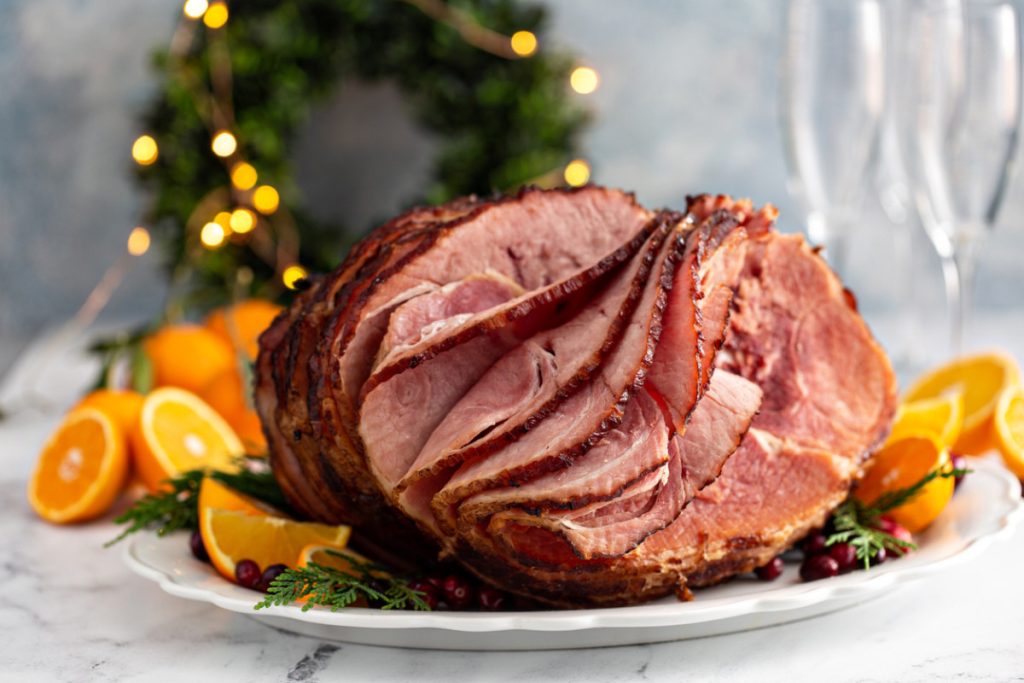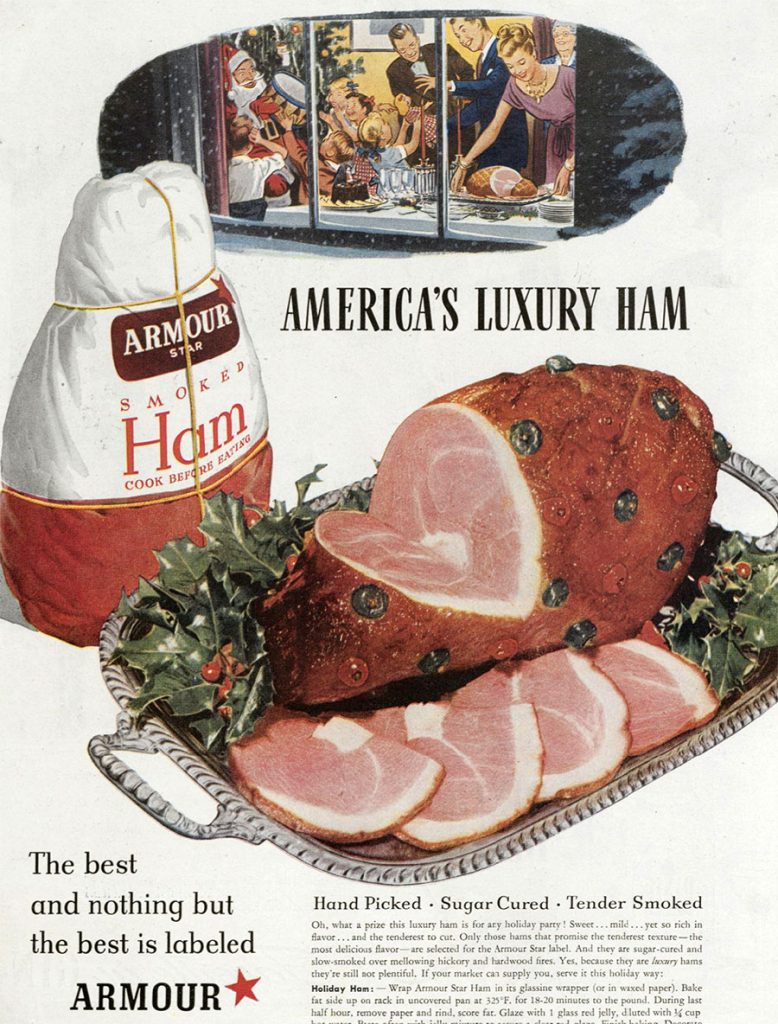The History of Holiday Ham

For many families, the holiday ham is a deep rooted family tradition. While today’s ham may be spiral-sliced and honey-glazed, its story spans centuries, shaped by ancient pagan rituals, practical innovations, and festive celebrations. This humble yet celebratory dish is steeped in history, blending practicality, culture, and an enduring spirit of togetherness.

In ancient Europe, winter solstice celebrations were a time for feasting and rituals to mark the return of the sun. Among Germanic pagans and Norse people, wild boar played a central role in these midwinter feasts. Boars were associated with Freyr, the Norse god of fertility and good weather, and sacrificing one was believed to bring prosperity in the coming year. The feast, centered around roasted boar, was a key part of Yuletide festivities.
When Christianity began to spread in the 4th century, church leaders didn’t erase these celebrations but rather repurposed them. They designated December 25 as the day to honor Christ’s birth, blending existing traditions into the new holiday. The boar, once tied to Freyr, took on a Christian context. By the Middle Ages, boar’s head was a prized centerpiece at lavish Christmas feasts, symbolizing wealth and abundance. Recipes even suggested rubbing the pig with lard and ash to mimic its dark fur for a dramatic presentation.

Over time, the wild boar gave way to the domesticated pig, and eventually to the cured ham we know today.
By the 19th century, industrialization revolutionized meat preservation and made cured pork more widely available. In the U.S., companies like Smithfield Ham in Virginia gained renown for their salt-cured hams, a hallmark of Southern cuisine. These hams, aged for months and bursting with flavor, became a festive staple in Southern households.
In 1869, Armour & Company in Chicago began mass-producing cured meats, including ham, making it more affordable and accessible nationwide. This was a turning point for ham as a holiday dish. By the early 20th century, companies like Armour began marketing ham as an ideal choice for Christmas feasts, emphasizing its convenience and festive appeal. Ads from the 1920s featured hams adorned with pineapple slices, cloves, and maraschino cherries, turning a simple meal into a visual spectacle.

Ham in Hard Times and Post-War Prosperity
Ham’s practicality made it especially popular during tough times like the Great Depression. Its long shelf life and affordability allowed families to serve a festive meal even on a budget. By the 1940s, technological innovations further enhanced its convenience. Harry J. Hoenselaar’s invention of the spiral slicer in 1948 was a game-changer, making ham easy to carve and serve. Hoenselaar later founded HoneyBaked Ham, whose signature honey-glazed hams became synonymous with holiday luxury.
After World War II, economic prosperity allowed families to indulge in more elaborate Christmas feasts. HoneyBaked Ham stores flourished in the 1960s, offering pre-sliced, ready-to-serve hams that quickly became a favorite for holiday gatherings. Regional traditions also thrived, especially in the South, where Virginia and Smithfield hams remained beloved for their intense, salty flavor. Sugar-glazed hams with decorative fruits became a hallmark of Southern holiday tables, adding both flavor and visual flair to the festivities.
By the late 20th century, the holiday ham was firmly established as a Christmas tradition in the U.S. Supermarkets ran promotions to make ham even more accessible, while cookbooks and television programs elevated it with creative recipes. Celebrity chefs like Martha Stewart and Emeril Lagasse showcased ways to dress up ham with glazes like bourbon-molasses or cherry-stuffing, transforming it into a gourmet centerpiece.

Rachel Toon’s parents own Honey Baked Ham in Macon, which draws big crowds during Thanksgiving and Christmas. 2021. Source.
Even as tastes have evolved, ham has adapted. Today, organic and free-range hams cater to eco-conscious consumers, while plant-based “hams” provide options for vegetarians and vegans.
So if you look forward to eating some ham on Christmas, you’ll know a bit more about its journey. If you want to try it for the first time, make sure you get to the store early! The journey of ham in American foodways is interesting, and I’m sure the journey is not going to be over any time soon.
Happy Holidays!